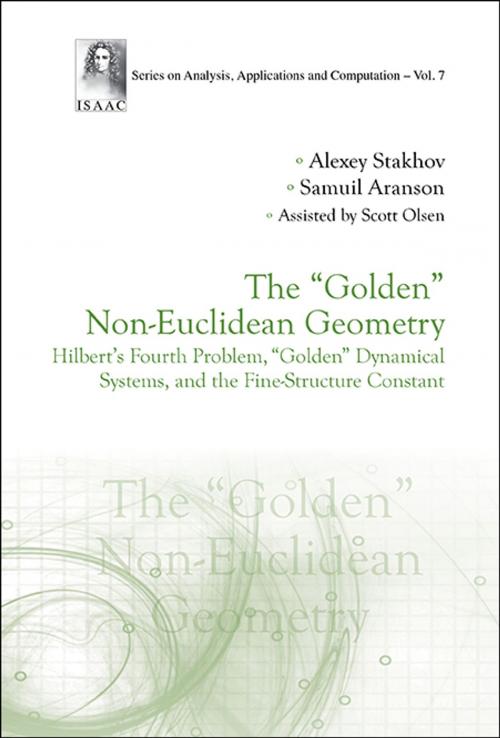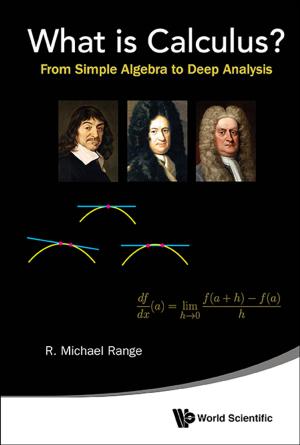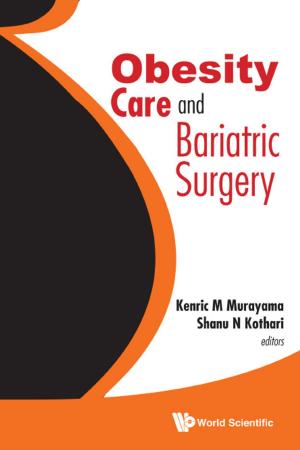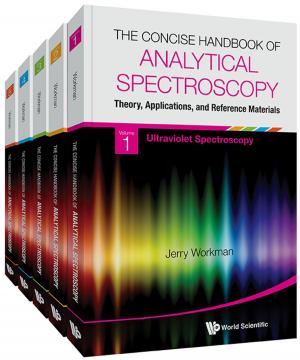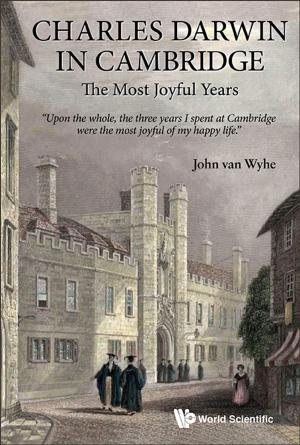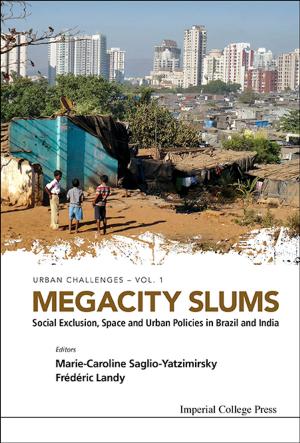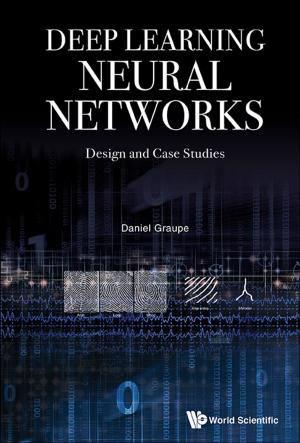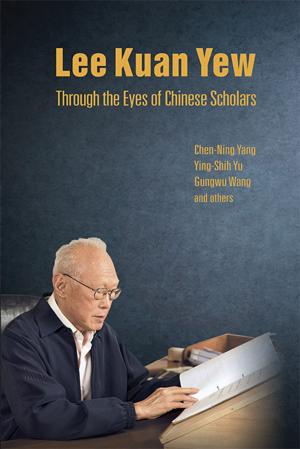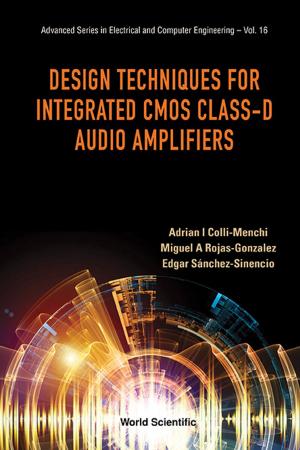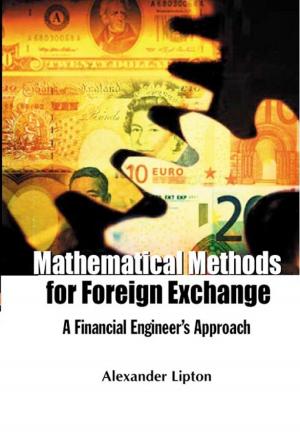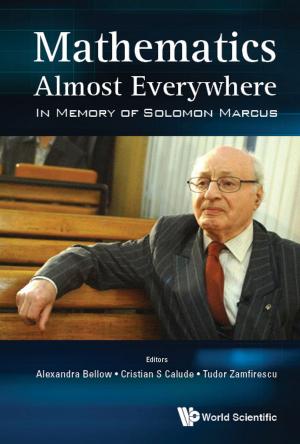The “Golden” Non-Euclidean Geometry
Hilbert's Fourth Problem, “Golden” Dynamical Systems, and the Fine-Structure Constant
Nonfiction, Science & Nature, Mathematics, Geometry, History| Author: | Alexey Stakhov, Samuil Aranson | ISBN: | 9789814678315 |
| Publisher: | World Scientific Publishing Company | Publication: | July 14, 2016 |
| Imprint: | WSPC | Language: | English |
| Author: | Alexey Stakhov, Samuil Aranson |
| ISBN: | 9789814678315 |
| Publisher: | World Scientific Publishing Company |
| Publication: | July 14, 2016 |
| Imprint: | WSPC |
| Language: | English |
This unique book overturns our ideas about non-Euclidean geometry and the fine-structure constant, and attempts to solve long-standing mathematical problems. It describes a general theory of "recursive" hyperbolic functions based on the "Mathematics of Harmony," and the "golden," "silver," and other "metallic" proportions. Then, these theories are used to derive an original solution to Hilbert's Fourth Problem for hyperbolic and spherical geometries. On this journey, the book describes the "golden" qualitative theory of dynamical systems based on "metallic" proportions. Finally, it presents a solution to a Millennium Problem by developing the Fibonacci special theory of relativity as an original physical-mathematical solution for the fine-structure constant. It is intended for a wide audience who are interested in the history of mathematics, non-Euclidean geometry, Hilbert's mathematical problems, dynamical systems, and Millennium Problems.
This unique book overturns our ideas about non-Euclidean geometry and the fine-structure constant, and attempts to solve long-standing mathematical problems. It describes a general theory of "recursive" hyperbolic functions based on the "Mathematics of Harmony," and the "golden," "silver," and other "metallic" proportions. Then, these theories are used to derive an original solution to Hilbert's Fourth Problem for hyperbolic and spherical geometries. On this journey, the book describes the "golden" qualitative theory of dynamical systems based on "metallic" proportions. Finally, it presents a solution to a Millennium Problem by developing the Fibonacci special theory of relativity as an original physical-mathematical solution for the fine-structure constant. It is intended for a wide audience who are interested in the history of mathematics, non-Euclidean geometry, Hilbert's mathematical problems, dynamical systems, and Millennium Problems.
